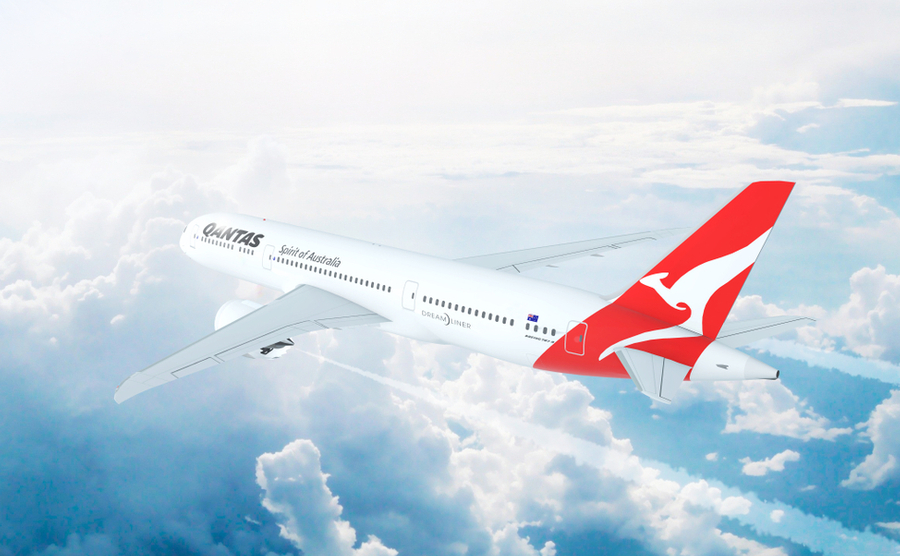Do you want to move to Australia but feel put off by the long flight across the world? That flight time could be cut to two hours by 2033. And we’re flying via space!
As amazing as Australia is, flying over there can feel like a bit of a burden. The shortest flight you can get from the UK is to Perth and even that checks in at eighteen hours! So, bring a stock of great books, a deodorant and chewing gum for your ears. Often, flying to Australia requires a stopover, twiddling your thumbs in Qatar or Singapore, and feeling filled with the dreadful knowledge that you’ve got another seven hours on a plane to go.
Recently, Qantas, Australia’s national carrier, has announced that it will begin operating non-stop flights from Sydney to London and New York from 2025. The Sydney to London flight will take 19 hours, making it the longest passenger flight in the world. Back when it was first mapped out in 1947, the flight from Sydney to London used to take 58 hours and included multiple stops. So 19 hours is quite the cut.
Still. We’re seeing further cuts to flight times. Within the next decade, flights from London to Sydney could take just two hours via a suborbital spaceflight. Yes, that’s right – you won’t just be flying to Australia, you will be flying through space.
At the moment, suborbital flights are the pricey playthings of the likes of Sir Richard Branson and Jeff Bezos, with a flight costing £350,000 per seat. However, there is hope that this could be commercialised in the next ten years.
What the research into suborbital flying tells us
Currently, researchers are uncovering the potential impact of short-hop space flights on the human body, and what measures would need to be taken to minimise any effects. As the plane would need to fly to an altitude of at least 62 miles, researchers are working to determine potential health risks. This would involve periods of high G-force acceleration both during launch and at re-entry.
In a recent study on people of various ages, a simulated spaceflight was “well tolerated”, although there were “not physiologically inconsequential”. However, those with certain health conditions may struggle – researchers say that they need to further look into who will be most at risk. They found that both young and old people were able to cope in a similar way. Indeed, older people have stiffer arteries which could lessen the effects of blood pooling away from the brain.
They found that simple measures such as squeezing your buttocks at the onset of high G-force levels had a positive impact.
This research was performed by the aerospace expert Professor Thomas Smith of King’s College London, with colleagues from both the UK Civil Aviation Authority (CAA) and the Royal Air Force Centre of Aviation Medicine.
Additionally, there is some concern on the potential environmental impact. According to scientists at Northern Sky Research, a single suborbital flight of an hour and a half, could be as polluting as ten standard flights.
Dr Ryan Anderton of the CAA said these developments and their future potential are “definitely not science fiction” and that it could happen in “less than ten years”.








